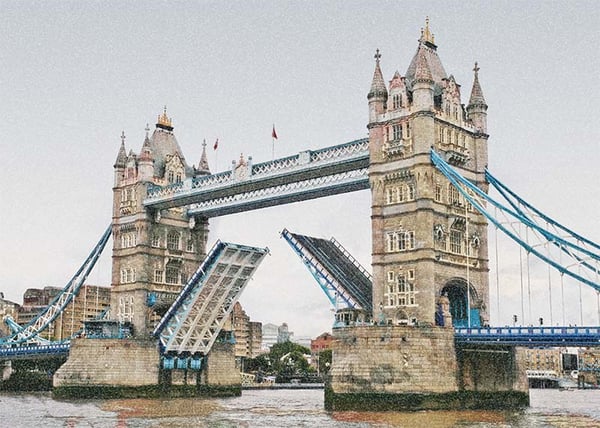What you need to know about the EU's new deal with the UK
Restarting EU-UK relations post Brexit. That was the goal of last week's first official summit between the two since Brexit, where UK prime minister Keir Starmer hosted Commission and Council presidents Ursula von der Leyen and António Costa. According to Starmer, the deal they signed there is ''historic''. Is it? Let's take a look.
First, both sides signed a defence and security pact. Most importantly, the UK will now take part in the €150 billion EU defence fund known as Security Action for Europe (SAFE). Through this package, member states can loan money to strengthen their defence capabilities. To participate, the UK must contribute to the EU budget, although the exact amount has yet to be determined.
Secondly, the EU and the UK will cooperate on a ''youth experience scheme'', to let young people move and study across the EU's borders. That concretely means that EU students will now only have to pay UK tuition fees, and no longer the much more expensive international fees, and vice versa. Furthermore, the UK will explore how it can rejoin the Erasmus+ programme, which facilitates student exchanges.
The most contentious part of the agreement is in fishing. Brexit-era UK leaders saw control of waters as correcting an EU policy they thought favoured European fleets. Through the new deal, EU boats can access British waters until 2038, while the UK retains annual control over catch quotas and licensing.

From a distance, calling the deal ”historic” feels like an overstatement; Economically, it adds just 0.3% – €10.7 billion – to the UK's sluggish economy by 2040. But still: while Keir Starmer stuck to his red lines on the single market and customs union, the agreement softens some of the harshest aspects of the 2020 Brexit deal.
For the EU, meanwhile, the deal is a constructive reset with a key neighbour, welcome in this growing global instability. The UK remains a vital security partner, especially in supporting Ukraine.
